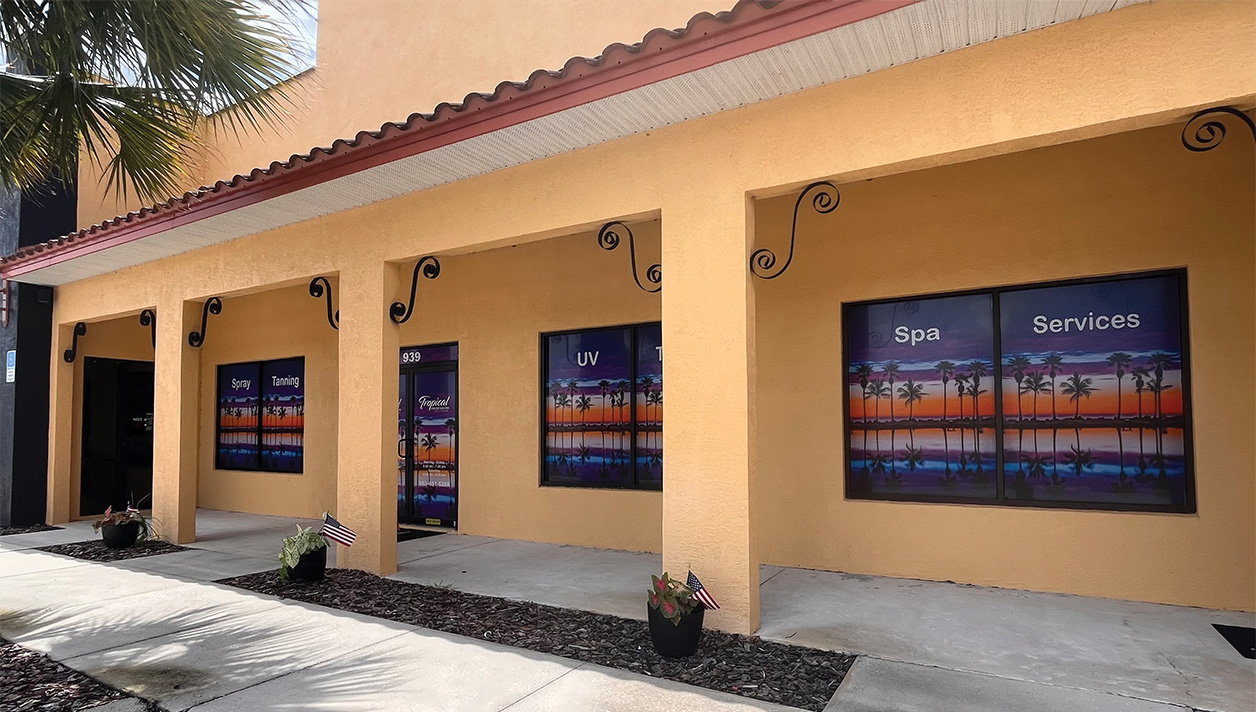In study findings that may not surprise many people, kids and teens ate more calories – including more fat and more sugar – on days when they had a meal from a fast-food or sit-down restaurant.
“Parents (should) realize that restaurant consumption is not a straight-off substitute for eating at home. Restaurant consumption and fast-food consumption should not be the norm,” said lead researcher Lisa Powell from the University of Illinois at Chicago. “The additional calories and the additional sugar and saturated fat and sodium that are taken in and then consistently taken in will have some longer-term consequences,” she told reporters – such as an increased risk of obesity and diabetes.
For their new study, Powell and her co-author Binh Nguyen used data from nationally-representative health surveys conducted in the United States between 2003 and 2008. On two different occasions, more than 9,000 teens were asked to recall everything they’d had to eat or drink in the past 24 hours. Parents were asked the same question for their younger children. Between 24 and 42 percent of kids and teens had gotten take-out or eaten at a fast-food restaurant during each day they were questioned, and seven to 18 percent had eaten at a full-service restaurant.
Based on the researchers’ calculations, adolescents ate and drank an extra 310 calories on days they had fast food and an extra 267 on days they ate at a full-service restaurant. Younger kids age two to 11 had an extra 126 and 160 calories on those days, on average.
Kids from poorer families got the most extra calories on days when they went to a fast-food or sit-down restaurant. “This is something that we really should be worried about, because this is going to increase health disparities among different socioeconomic groups,” Powell said.
Eating at either type of restaurant was also tied to a drop in the amount of milk kids drank during the day, the researchers reported Monday in the Archives of Pediatrics & Adolescent Medicine.
Their study was funded by the National Cancer Institute and the Centers for Disease Control and Prevention.
Are Other Restaurants Healthier?
Dr. Jason Block, an obesity and nutrition researcher from Harvard Medical
School, said that although fast-food chains may be especially concerning because they advertise to kids, sit-down restaurants aren’t necessarily healthier places to eat.
“There’s been an assumption that fastfood meals are bad … where full-service restaurants tend to get a pass,” Block, who wasn’t involved in the new research, told reporters. “Full-service restaurant meals are high-calorie, high-fat, high-sodium as well, and that should be a focus of people’s interest, not just fast food.”
“The restaurant industry is employing a wide range of strategies to play a positive role in food and healthy living issues, including advocating for a national nutrition information standard and adding more healthful items to menus,” Joan Rector McGlockton, vice president of industry affairs and food policy at the National Restaurant Association, told reporters. “In fact, more than 110 restaurant brands representing 30,000 locations have committed to the National Restaurant Association’s Kids LiveWell program, offering menu options that meet the 2010 USDA Dietary Guidelines.”
Block said parents should be aware that when their family is eating out, they’re probably going to eat more, and worse, than they would at another meal. “If you’re going to eat a fastfood or full-service meal, there needs to be a conscious effort to compensate throughout the day,” he said.




























